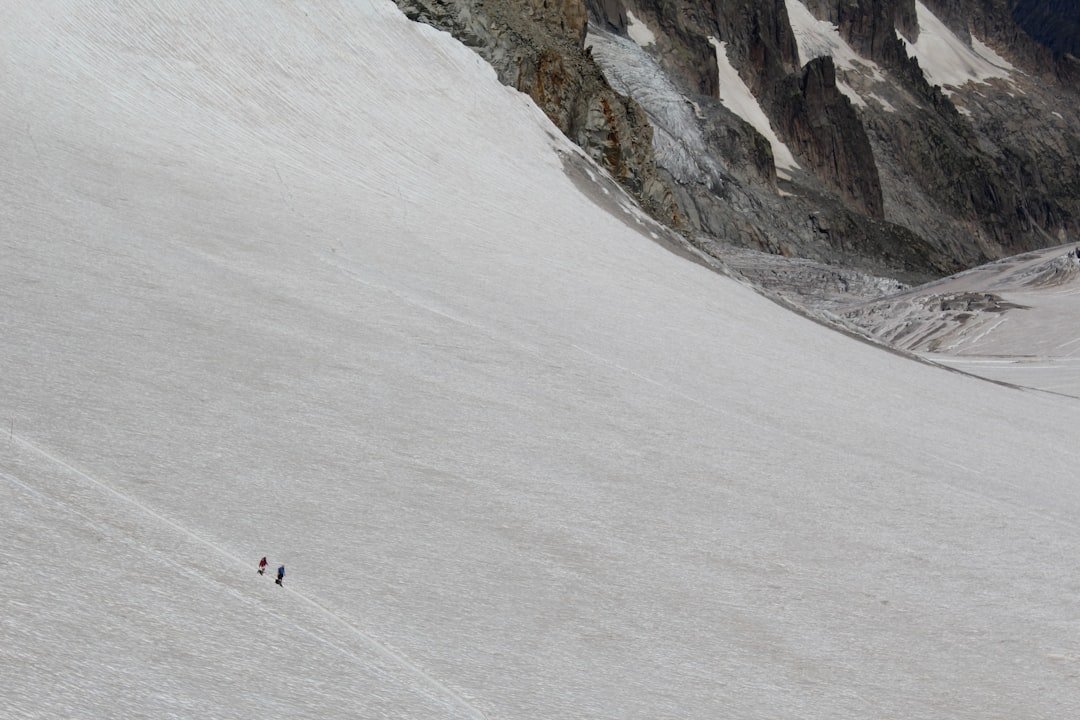
Imagine scrolling through online adventures, discovering an uncharted peak that ignites your sense of exploration. You’re equipped with all the necessary tools—backpacks, boots, and more—but lack a companion for the journey. Would hesitation hold you back?
I encourage you to embrace the challenge and venture out solo. This approach not only tests your limits beyond mere survival but also delivers a profound sense of accomplishment upon your return, as if the experience seamlessly integrates into your routine.
To make this possible safely, consider these seven strategies for protecting yourself during a solitary outing.
1. Begin with familiar territory
For your initial solo hike, opt for nearby hills or trails in your area. This serves as an ideal entry point since the proximity to home reduces potential risks, offering a comforting sense of security. Local spots, whether modest nature reserves or larger regional parks, allow you to navigate with greater ease due to prior knowledge of the landscape.
According to outdoor safety experts, starting close to home can lower the chances of getting lost by up to 50%, as familiarity aids in quick decision-making. If you’re still building confidence, bringing along a well-conditioned pet, like a dog, can provide additional companionship and motivation without overwhelming the solo aspect.
2. Rely on your inner guidance
Human intuition evolved as a survival mechanism, and it’s essential not to dismiss it during outdoor pursuits.
Developing awareness of your surroundings enables better handling of unexpected scenarios. In isolation, your instincts become your primary ally, helping you assess risks without external input. For instance, if a route feels uncertain, pause and evaluate alternatives based on subtle cues from the environment, drawing on innate abilities that have guided adventurers for centuries.
Psychological studies show that trusting gut feelings can enhance decision-making accuracy in uncertain conditions, making it a vital skill for anyone exploring alone.
3. Equip yourself thoroughly
When hiking without companions, your gear acts as your steadfast support system along the trail. To minimize concerns and boost your assurance, plan ahead by inspecting and preparing your equipment well in advance of your trip.
Ensure everything is in optimal working order—check for wear on items like ropes or hydration systems—and replace any components that could fail. Experts recommend carrying essentials such as a first-aid kit, multi-tool, and emergency shelter, as data from the American Hiking Society indicates that proper gear preparation prevents nearly 70% of common hiking mishaps.
4. Embrace solitude’s lessons
Solo hiking offers valuable insights, including how to manage isolation and find joy in your own company. This experience holds both literal and symbolic value.
In the wilderness, when monotony or difficulties arise, you’re forced to draw from within to maintain a positive outlook. This self-reliance fosters personal growth, reminding us that fulfillment doesn’t always require others. If the idea feels daunting, a trained animal companion, such as a dog, can offer emotional support; their presence often transforms a quiet trek into a more uplifting one through simple, affectionate interactions.
5. Turn the journey into enjoyment
Tackling a hike demands significant effort, regardless of its length, but you can transform the exertion into an enjoyable endeavor.
Craft an energizing music playlist on your device to sustain motivation during tough sections, a technique backed by research showing that rhythmic sounds can improve endurance by up to 15%. Additionally, reframe challenges like sudden weather shifts—such as a rainstorm—as opportunities for lighthearted fun, recalling how rain once sparked childlike wonder. With limited options in remote areas, adapting your mindset ensures the adventure remains rewarding rather than discouraging.
6. Share your itinerary
As you gear up for this exciting escapade, make it a priority to inform trusted contacts about your plans. This simple step provides extra reassurance, allowing you to focus on the trail with the knowledge that someone is aware of your location should an issue arise.
Emergency services emphasize that notifying others can reduce response times in accidents, potentially saving lives; it’s a standard practice among seasoned hikers for maintaining safety in remote settings.
7. Anticipate weather variations
Investigating forecasted conditions before your hike is crucial for safeguarding against potential dangers. This preparation helps you select appropriate clothing and additional items to handle fluctuations, such as sudden drops in temperature or storms.
Preparedness is a proven safeguard, as historical data from national parks reveals that weather-related incidents drop significantly when hikers are informed. Arming yourself with accurate weather insights ensures a more secure and enjoyable solo experience in the outdoors.
